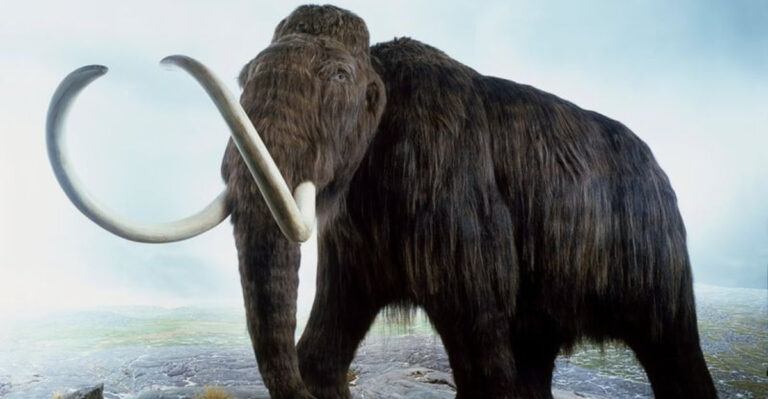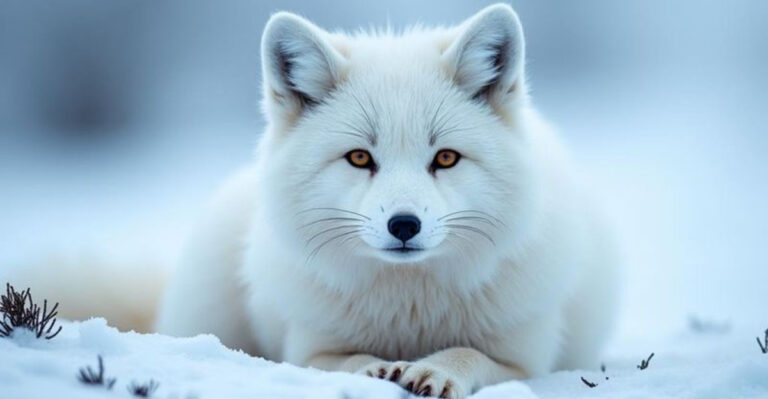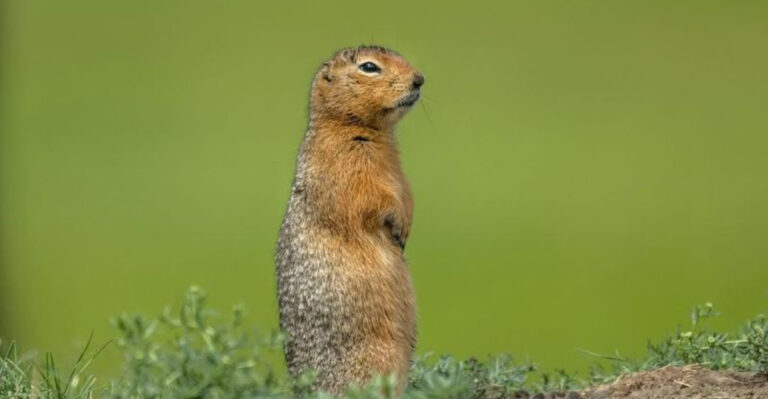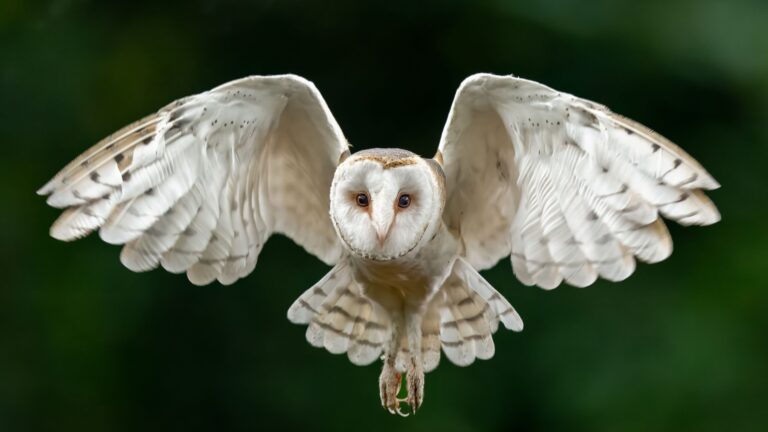8 Countries With The Deadliest Wildlife On Earth (And 7 With Almost None At All)
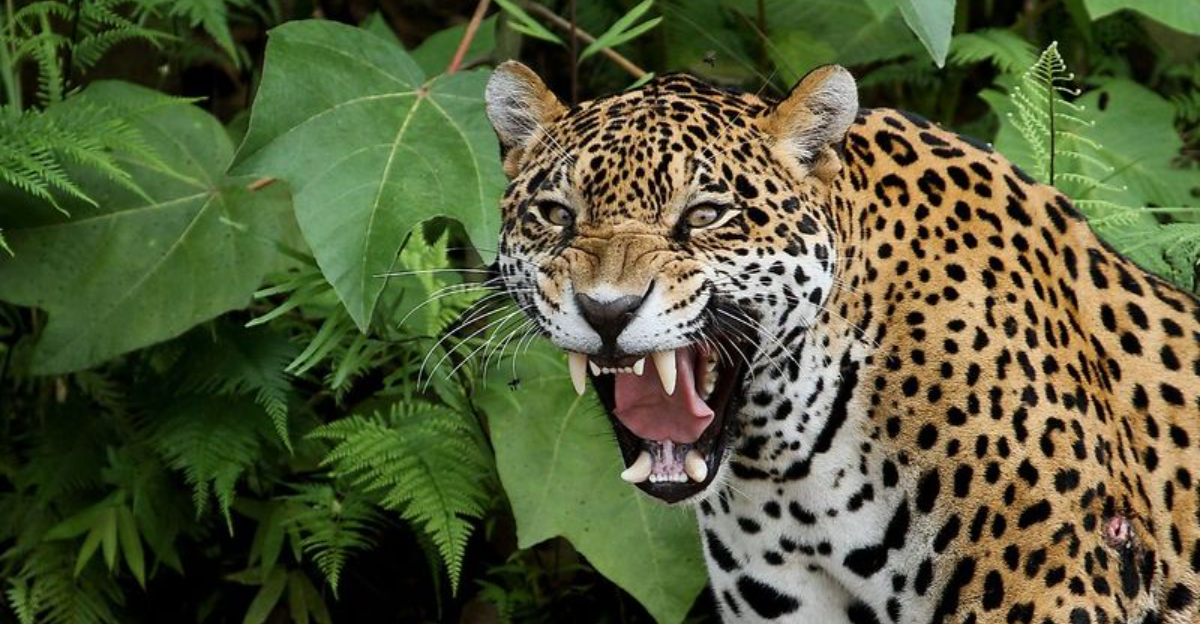
Ever wondered where on Earth you might encounter the most dangerous animals? Some countries are home to creatures that can kill with a single bite, sting, or attack.
Meanwhile, other nations have virtually no deadly wildlife to worry about. Let’s explore which places you should pack extra caution for, and where you can relax without wildlife worries.
1. Australia’s Lethal Paradise
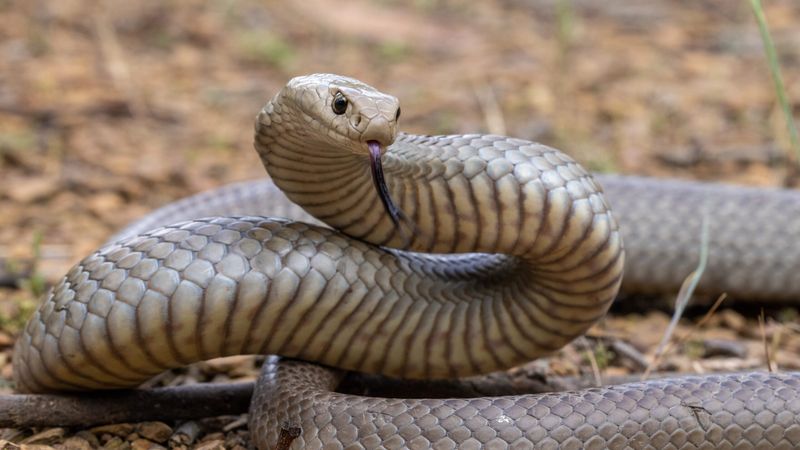
From the notorious box jellyfish to the inland taipan (the world’s most venomous snake), Australia hosts a deadly lineup that’ll make your skin crawl. The Sydney funnel-web spider can kill in hours, while saltwater crocodiles lurk in northern waters.
Even the cute platypus packs venomous spurs! Seemingly innocent beaches can hide blue-ringed octopuses with enough poison to drop 26 adults.
2. Brazil’s Amazonian Threats
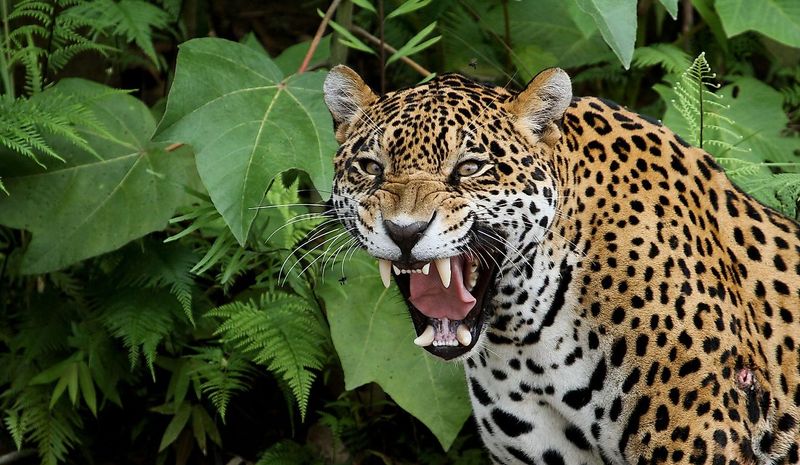
Hidden in the lush Amazon rainforest lurks a murderer’s row of lethal creatures. The Brazilian wandering spider—holder of the Guinness record for most venomous spider—roams the forest floor seeking prey.
Electric eels deliver heart-stopping 600-volt shocks, while anacondas can crush their victims with 90 pounds of pressure per square inch. Let’s not forget the piranha schools that can strip flesh from bone in minutes.
3. India’s Fearsome Fauna
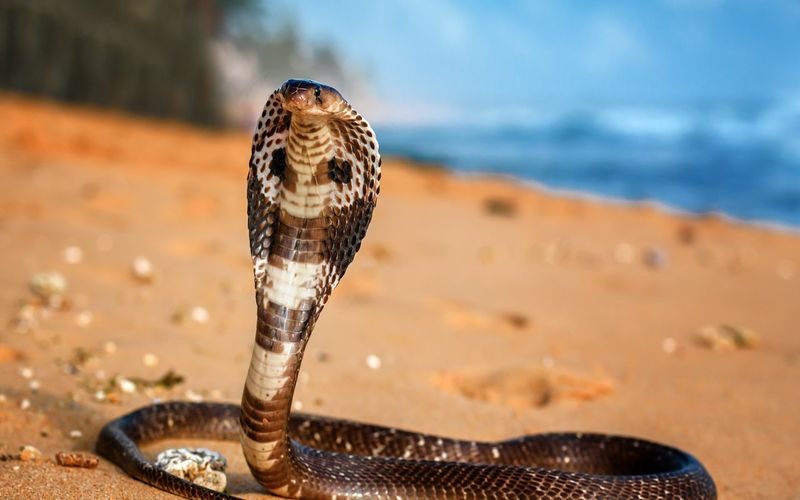
Around 50,000 people die yearly from snake bites in India, making it snake bite capital of the world. The spectacled cobra spreads its distinctive hood before striking, while Russell’s vipers cause excruciating deaths.
Bengal tigers, though endangered, still claim human lives annually. In certain regions, wild elephants kill more people than any other animal, charging at speeds of 25 mph when threatened.
4. South Africa’s Big Five Dangers
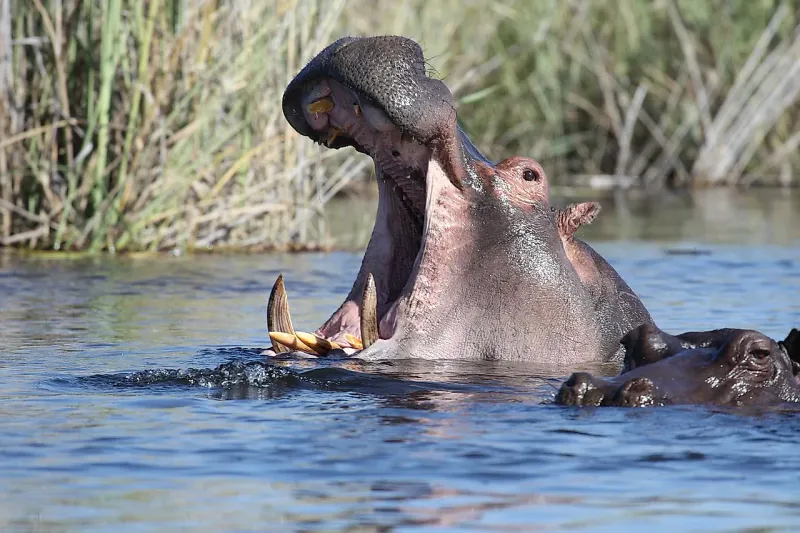
Beyond the famous Big Five game animals lies a country teeming with deadly creatures. The black mamba, Africa’s longest venomous snake, can move at 12.5 mph and delivers enough venom in one bite to kill 25 adults.
Hippopotamuses might look cuddly but kill more humans annually than lions or crocodiles. Puff adders, responsible for most snake-bite fatalities in Africa, hide perfectly camouflaged in dry brush waiting for unsuspecting passersby.
5. Mexico’s Venomous Varieties

The scorching deserts and tropical forests of Mexico harbor some seriously scary critters. The bark scorpion glows eerily under UV light and delivers a sting that can cause breathing difficulties, convulsions, and even death in vulnerable individuals.
The coral snake’s bright bands might look pretty, but remember the warning: “red touch yellow, kill a fellow.” Mexican beaded lizards join the rare club of venomous lizards, injecting toxins through grooved teeth.
6. Indonesia’s Island Assassins
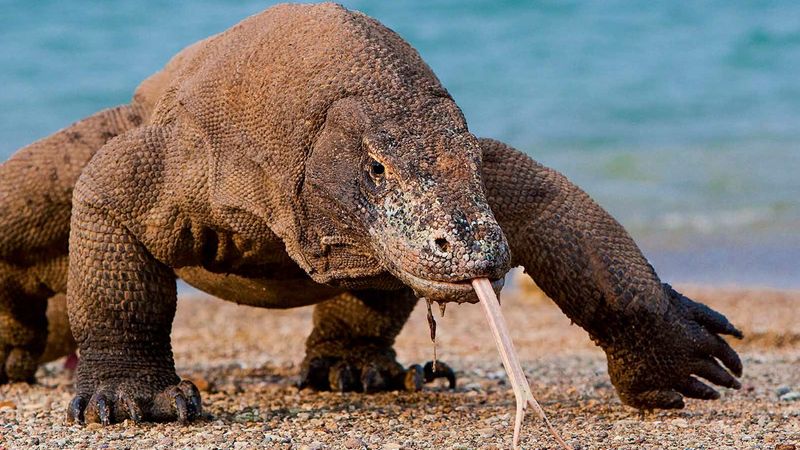
Sprawled across thousands of islands, Indonesia houses creatures that nightmares are made of. Komodo dragons, the world’s largest lizards, have bacteria-laden mouths that cause septic infections in prey that escape their initial attack.
Saltwater crocodiles patrol the coasts and can grow to 23 feet long. The blue-ringed octopus might be tiny enough to fit in your palm, but its venom can paralyze respiratory muscles, causing death within minutes.
7. Colombia’s Colorful Killers
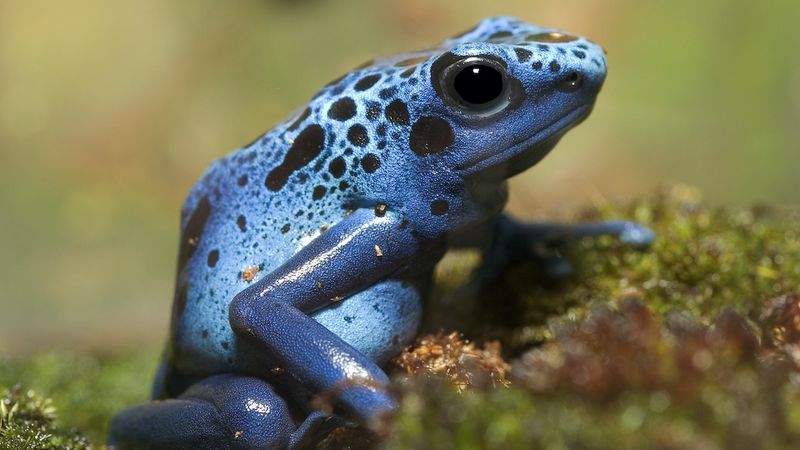
Colombia’s biodiversity includes some of the planet’s most beautiful yet deadly creatures. The golden poison dart frog, no larger than a paperclip, carries enough toxin to kill 10 grown men—just by touching it!
Jaguar attacks are rare but deadly when they occur. The bushmaster snake, reaching lengths of 12 feet, injects venom that destroys tissue and causes internal bleeding. Even some of Colombia’s caterpillars pack painful, venomous spines.
8. Philippines’ Perilous Paradise
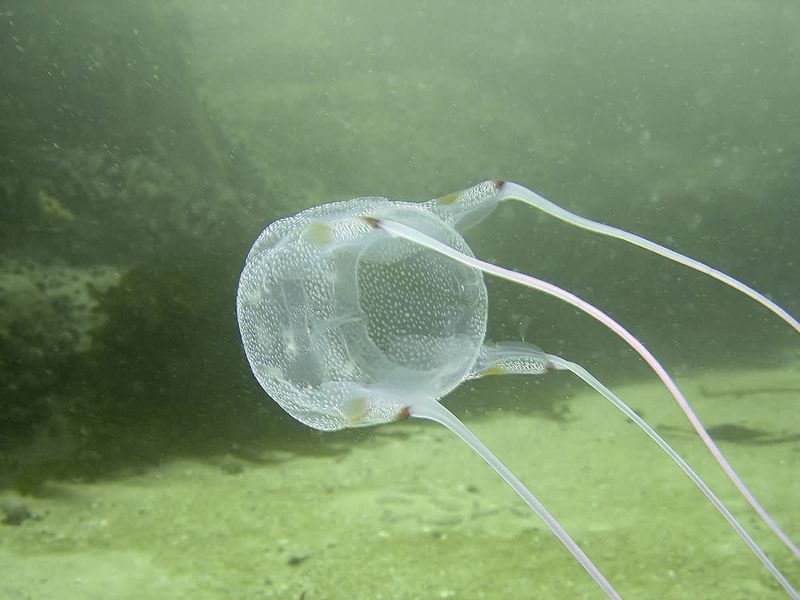
These tropical islands hide dangers beneath their postcard-perfect appearance. The Philippine cobra can spit venom accurately into eyes from 10 feet away, causing blindness or death if untreated.
Box jellyfish drift invisibly through crystal waters, their tentacles containing enough venom to kill 60 adults. Giant saltwater crocodiles lurk in mangrove swamps, while the tiny but deadly blue-ringed octopus hides among coral reefs.
9. Iceland’s Wildlife Sanctuary
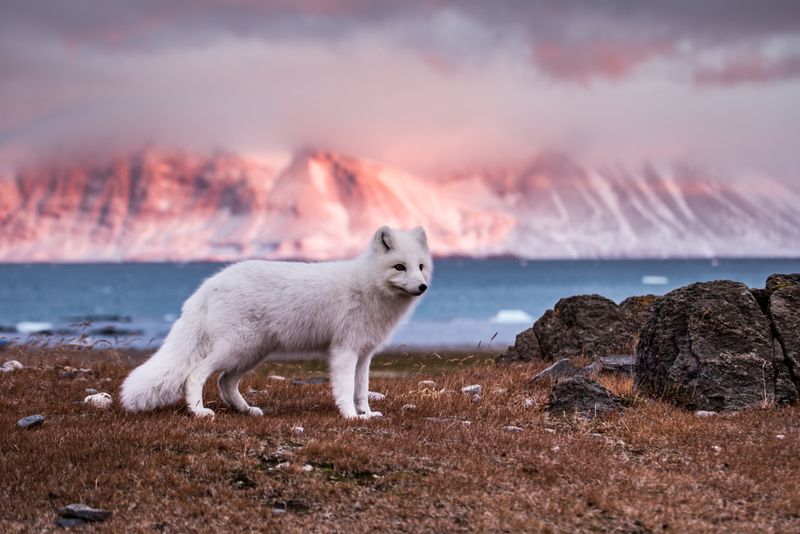
You can hike, camp, and explore Iceland without a single worry about deadly wildlife encounters. This island nation completely lacks venomous snakes, lethal spiders, or dangerous large predators.
The Arctic fox, Iceland’s only native land mammal, poses absolutely no threat to humans. Ocean swimmers might spot killer whales offshore, but attacks on humans are virtually unheard of in the wild. Even Iceland’s insects are remarkably harmless!
10. New Zealand’s Safe Haven
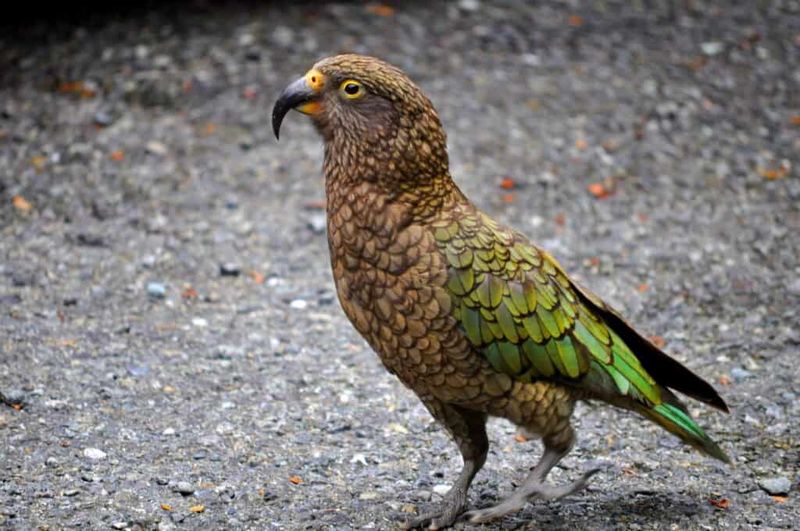
Kiwi country might be Australia’s neighbor, but couldn’t be more different regarding dangerous wildlife. New Zealand has no native snakes whatsoever—not in the forests, not in the water, nowhere!
The only venomous spider, the katipo, is extremely rare and its bite rarely serious. Even the largest wild animals—wild boars and deer—were introduced by humans. The most dangerous creature might be the kea parrot, known for pecking at car windshields!
11. Ireland’s Wildlife Wonderland
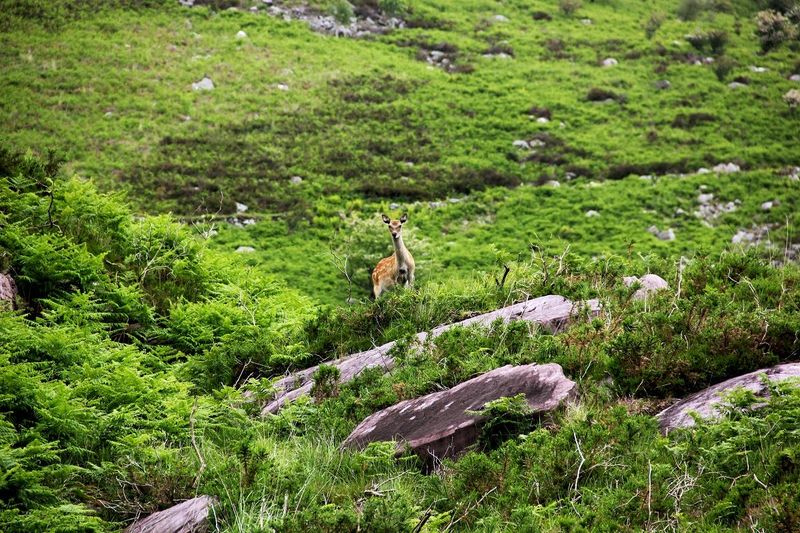
The luck of the Irish extends to their wildlife situation! St. Patrick allegedly banished all snakes from Ireland, and scientifically speaking, there truly are none on the island.
The only venomous creature is the relatively harmless false widow spider, whose bite feels similar to a bee sting. No large predators roam the emerald countryside, and even the largest wild mammals—deer and badgers—pose minimal threat to humans.
12. United Kingdom’s Mild Menagerie
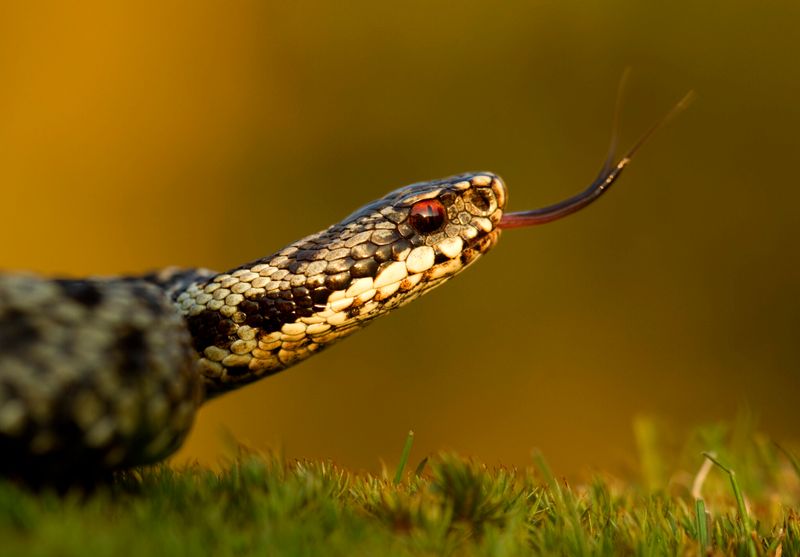
Britain’s wildlife couldn’t be further from frightening! The adder is the only venomous snake, but its bite rarely causes serious harm, and deaths are extremely uncommon—the last fatality was decades ago.
The giant house spider might look scary scuttling across your floor, but it’s harmless to humans. Even the reintroduced wild boar populations pose minimal risk if given proper space. Urban foxes might raid garbage bins but avoid human confrontation.
13. Finland’s Friendly Forests
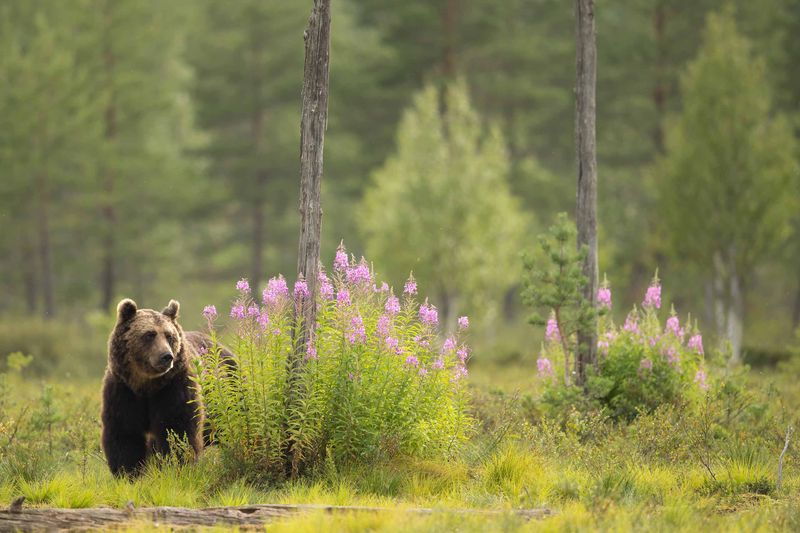
Finland’s pristine wilderness is remarkably safe for human explorers. The European adder is present but rarely fatal—most bites cause only localized pain and swelling.
Brown bears inhabit eastern forests but are notoriously shy, preferring to avoid humans entirely. Wolves and wolverines exist in remote areas but attacks are virtually unheard of. Even moose, despite their size, typically flee from human presence rather than confront.
14. Greenland’s Gentle Giants
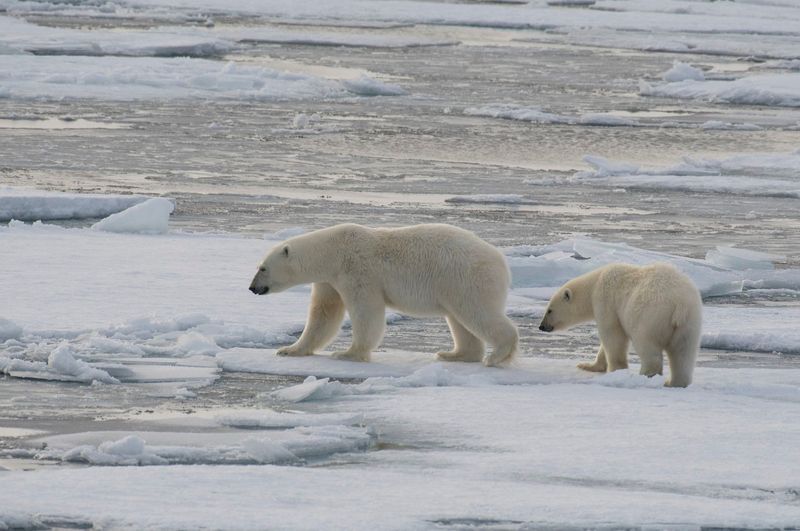
This massive Arctic island offers a remarkable wildlife experience without the deadly dangers. Polar bears exist in northern regions but rarely encounter humans in populated areas.
The Arctic wolf and Arctic fox pose virtually no threat to people. There are no venomous snakes or spiders anywhere on the island! Marine life includes impressive whales and seals, but attacks on humans are extraordinarily rare.
15. Singapore’s Surprising Safety

Despite its tropical location, Singapore has remarkably few dangerous animals. Urbanization has pushed most wildlife to small nature reserves, and aggressive animal management programs keep potentially dangerous species in check.
While some venomous snakes exist, encounters are rare and bites even rarer. The saltwater crocodile occasionally appears in reserves but is closely monitored. Even dengue-carrying mosquitoes face intense control measures in this meticulously managed city-state.

